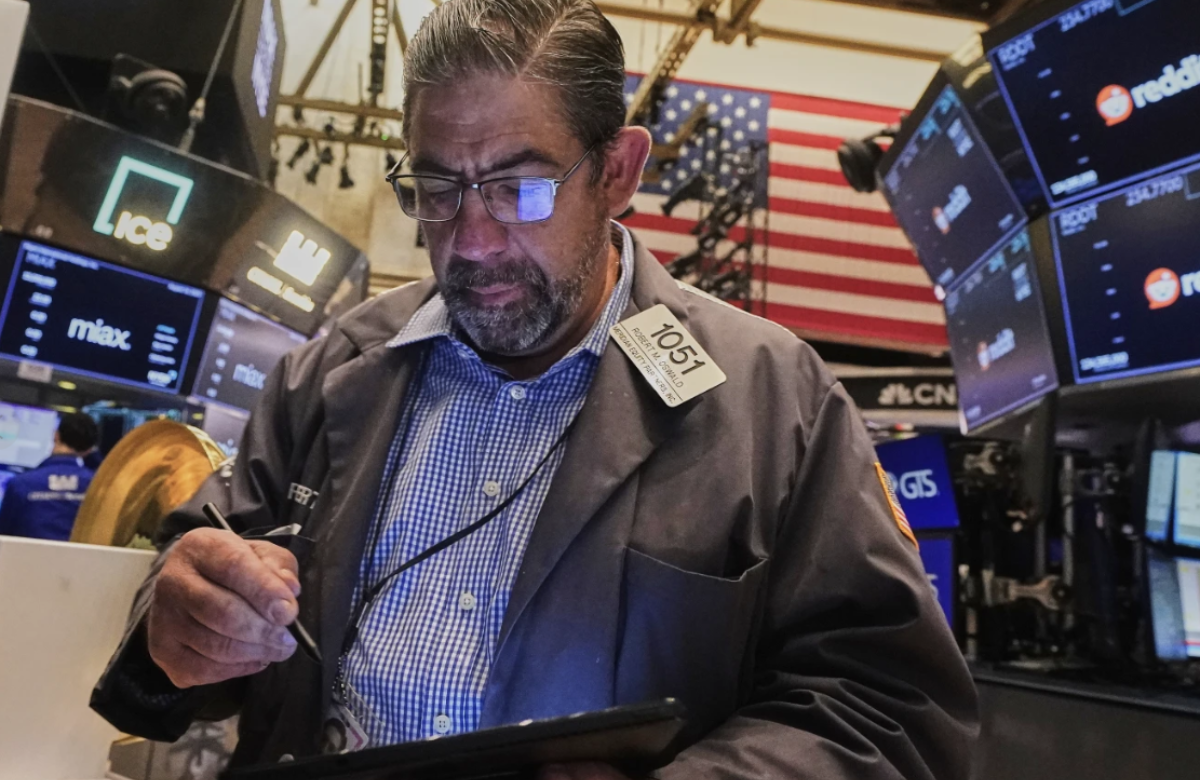Macy’s experienced a slight decline in both sales and profit during its first quarter, attributing the dip to more cautious consumer behavior and the ongoing trade war initiated by the U.S., which has also led the department store to lower its profit forecast for 2025.
Despite this, the New York-based retailer surpassed most expectations for the first quarter and maintained its sales forecast for the full year. However, Macy’s CEO Tony Spring noted that while tariff-related price increases were nearly absent in the first quarter, some “limited” price hikes are now emerging, prompting a more conservative outlook on annual profits.
“We are not broadly increasing prices across the board,” Spring explained during a conference call. “We’re taking a very targeted approach when it comes to tariffs.”
The company is also diversifying its product sources and will discontinue items when the costs no longer make sense. At the end of the last fiscal year, around 20% of Macy’s products came from China, with private brands sourcing about 27%, down from 32% the previous year.
Spring added, “Following recent tariff announcements, we renegotiated orders with suppliers and canceled or postponed orders where the value proposition was unfavorable.”
Shares of Macy’s rose 1% on Wednesday.
Macy’s sales, which include those from its upscale Bloomingdale’s and Bluemercury cosmetics chains, declined to $4.79 billion from $5 billion a year earlier. Still, this was above analysts’ expectations of $4.42 billion. Comparable sales, which count online purchases, fell by 2%. Bloomingdale’s and Bluemercury reported growth in comparable store sales.
Neil Saunders, managing director at GlobalData, described the quarter as not bad for Macy’s, especially as it closes underperforming stores. Macy’s had previously announced plans to close 66 stores, most of them in the first quarter.
“The 2% drop in comparable sales falls below overall market growth but was expected. Excluding a strong holiday quarter, it’s a somewhat better showing than Macy’s delivered during much of last year,” Saunders said.
For the quarter ending May 3, Macy’s reported a profit of $38 million, or 13 cents per share, down from $62 million, or 22 cents per share, a year earlier. Excluding one-time charges, earnings came to 16 cents per share, slightly above Wall Street’s forecast by a penny.
The retailer reaffirmed its 2025 sales outlook of $21 billion to $21.4 billion but lowered its adjusted full-year earnings forecast to between $1.60 and $2 per share, down from the previous range of $2.05 to $2.25 per share.
Industry analysts had anticipated full-year sales of $21.03 billion and adjusted earnings of $1.91 per share.
Macy’s and other retailers are grappling with tariff-related uncertainties that complicate planning, alongside growing consumer caution about the U.S. economy that affects spending patterns.
For instance, American Eagle Outfitters withdrew its annual financial forecast earlier this month citing “macro uncertainty” and announced a $75 million write-down in spring and summer merchandise. Ross Stores followed suit by pulling its forecast last week.
Walmart, the nation’s largest retailer, faced public criticism from President Donald Trump after announcing price increases on some items, with more hikes expected this summer. Trump suggested the company should “eat” the added costs.
Similarly, Target’s sales declined more than expected in the first quarter, and the company cautioned that the trend would continue. Home Depot also stated it would absorb some tariff costs but would remove certain heavily impacted goods from its shelves.
Trump’s initial plan to impose a 145% import tax on Chinese goods was reduced to 30% in a deal announced on May 12, with some higher tariffs paused for 90 days. Trump also threatened a 50% tariff on all imports from the European Union and a 25% tariff on smartphones unless they are made in America. However, the U.S. delayed the 50% EU tariff until July 9 to allow for negotiations.
Macy’s CEO Spring noted that while some vendors have agreed to lower prices, the retailer is also absorbing certain costs.
“We are making selective price increases in certain brands and categories because we believe the value proposition for customers remains important,” he said. “Some impact on our gross margin this year will come from tariffs, but we are also investing to gain market share, as we expect the price-value balance to be critical in the latter half of the year.”














